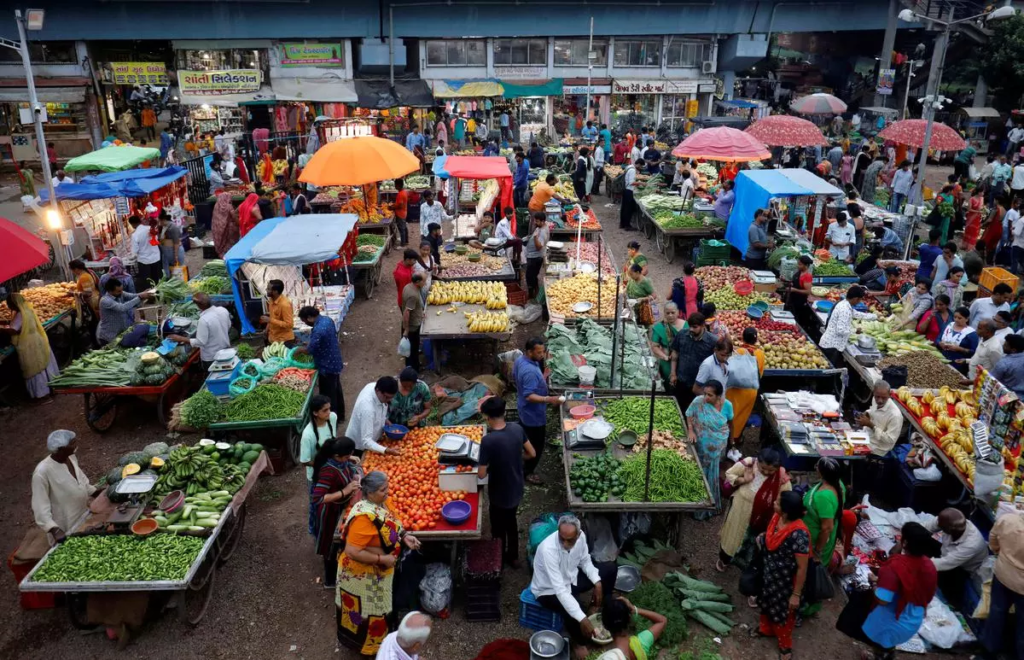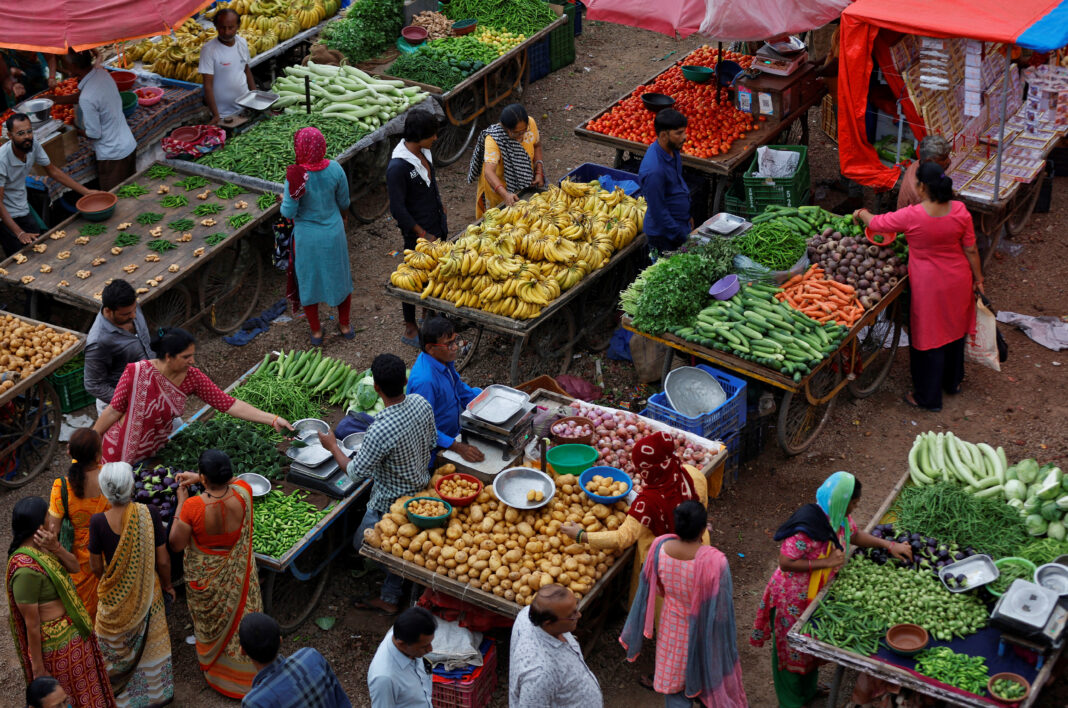Minimal monsoon showers this season have led to a shortage of food supplies and rising prices in India.
The Government of India is currently in a fix. The lack of frequent monsoon showers this season has led to a decrease in food supply. That, along with rising food prices, is a cause for worry. Thus, the government is implementing several measures to increase the food supply.
For the past 15 months, retail inflation has been at an all-time high of 7.44% this July. The food inflation reached its highest level in 3 years at 11.5%. Such numbers were a cause for concern for the Modi government in power. They are currently discussing remedies ahead of state and national elections.
To resolve the immediate crisis for low-income individuals, the government intends to extend a free food program set to end in December this year. The budget for food subsidies for 2023–24 was 1.97 trillion Indian rupees ($23.83 billion). An extension of the free food program could increase the amount.

Subsidized vegetables, such as onions and tomatoes, are released back into the market. Wheat and sugar are also being released into the market to curb prices. These measures could cost the government an additional $12 billion.
India has already banned the export of certain varieties of rice and sugar. The government is also considering importing wheat for the first time. There is a higher demand for cereals and pulses than perishables. The government is working to meet these demands.
Gaurav Sen Gupta, an IDFC First Bank Economic Research economist, states that while these measures have eased up until August, a lack of further rain will affect the overall food supply.
Impact of poor rainfall in India
India experienced above-average rainfall at the start of the season. However, since August, the rain seems to have decreased. Various crops are affected by the lack of rain.
Tomatoes were recorded as having the highest price, forcing fast food giants to take them off the menu. Rice also suffered massive damage, with crops damaged by untimely showers and a lack of rain in certain regions.
According to sources, a heatwave in the winter months will trigger a second phase of food price inflation.

